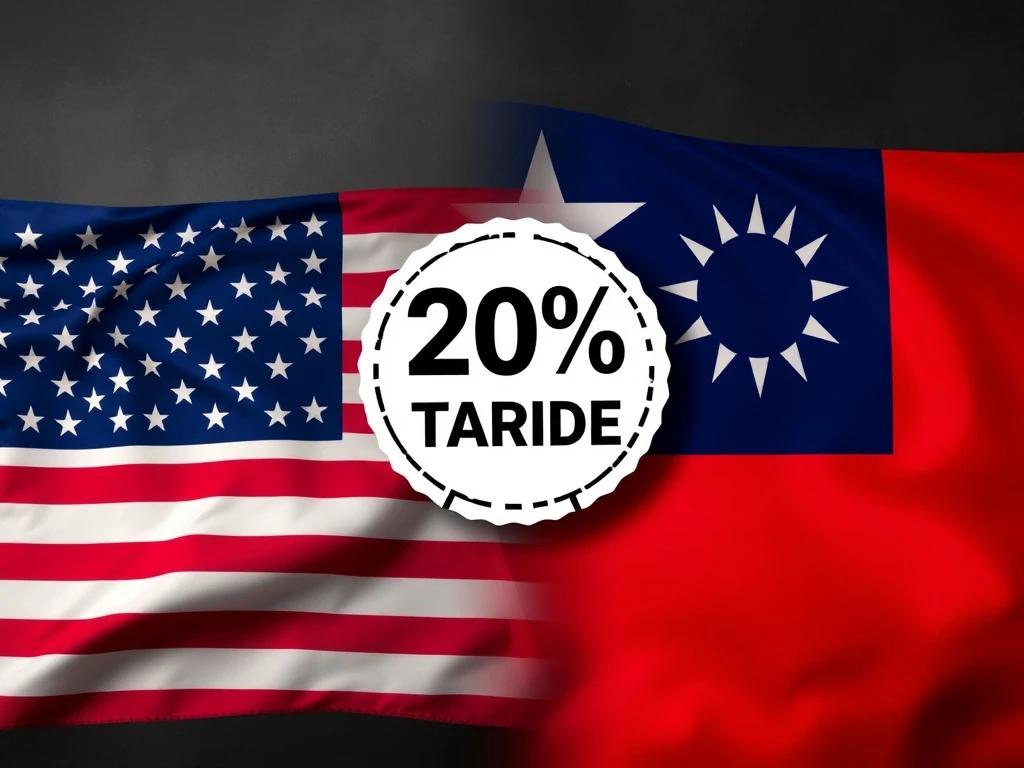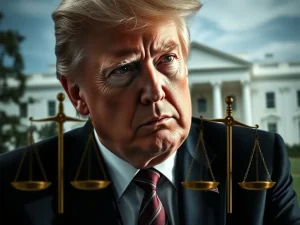U.S. Slaps 20% Reciprocal Tariff on China Taiwan Goods: What It Means for Global Trade

The U.S. government has taken a bold step by imposing a 20% reciprocal tariff on imports from China Taiwan, effective August 1, 2025. This move is part of a broader strategy to recalibrate trade policies under the Trump administration, aiming to reinforce U.S. economic competitiveness. But what does this mean for global trade and supply chains? Let’s break it down.
U.S. Tariff on China Taiwan: Key Details
The 20% reciprocal tariff applies to all goods from China Taiwan, a move justified as a response to perceived imbalanced trade practices. Here’s what you need to know:
- The tariff is part of the America First Trade Policy, emphasizing national security and domestic industries.
- Legal challenges to the tariff regime were temporarily resolved, allowing enforcement to continue.
- The U.S. may raise the baseline reciprocal tariff to between 15% and 20% in the future.
Impact on Trade Policies and Global Supply Chains
The new tariff structure includes several exceptions and modifications, such as the temporary suspension of the de minimis exemption for international shipments. This ensures even low-value imports are subject to standard duty rates, closing potential loopholes. The U.S.-UK Economic Prosperity Deal will also lead to specific tariff adjustments for UK-origin products, particularly in the aerospace sector.
Why This Matters for Global Trade
The 20% reciprocal tariff on China Taiwan underscores the administration’s reliance on trade policy as a strategic tool. This move reflects a broader emphasis on protecting domestic industries and enforcing mutual trade obligations, with potential implications for U.S. trade relationships and global supply chains.
Conclusion
The U.S. tariff on China Taiwan goods is a significant development in global trade policies. As the administration continues to refine its tariff strategy, the effectiveness and consequences of these measures will remain under close scrutiny. Stay tuned for updates as the situation evolves.
Frequently Asked Questions (FAQs)
1. What is the effective date of the 20% reciprocal tariff on China Taiwan goods?
The tariff takes effect on August 1, 2025.
2. Why is the U.S. imposing this tariff?
The tariff is a response to perceived imbalanced trade practices and aims to reinforce U.S. economic competitiveness.
3. Are there any exceptions to the tariff?
Yes, the tariff structure includes exceptions, such as the temporary suspension of the de minimis exemption for international shipments.
4. How might this tariff impact global supply chains?
The tariff could disrupt global supply chains, particularly for industries reliant on imports from China Taiwan.
5. What is the America First Trade Policy?
It’s a policy emphasizing the use of tariffs to support national security and domestic industries.
6. Are there legal challenges to this tariff?
Yes, legal challenges have been temporarily resolved, allowing the tariffs to remain in effect while the appeal is ongoing.








